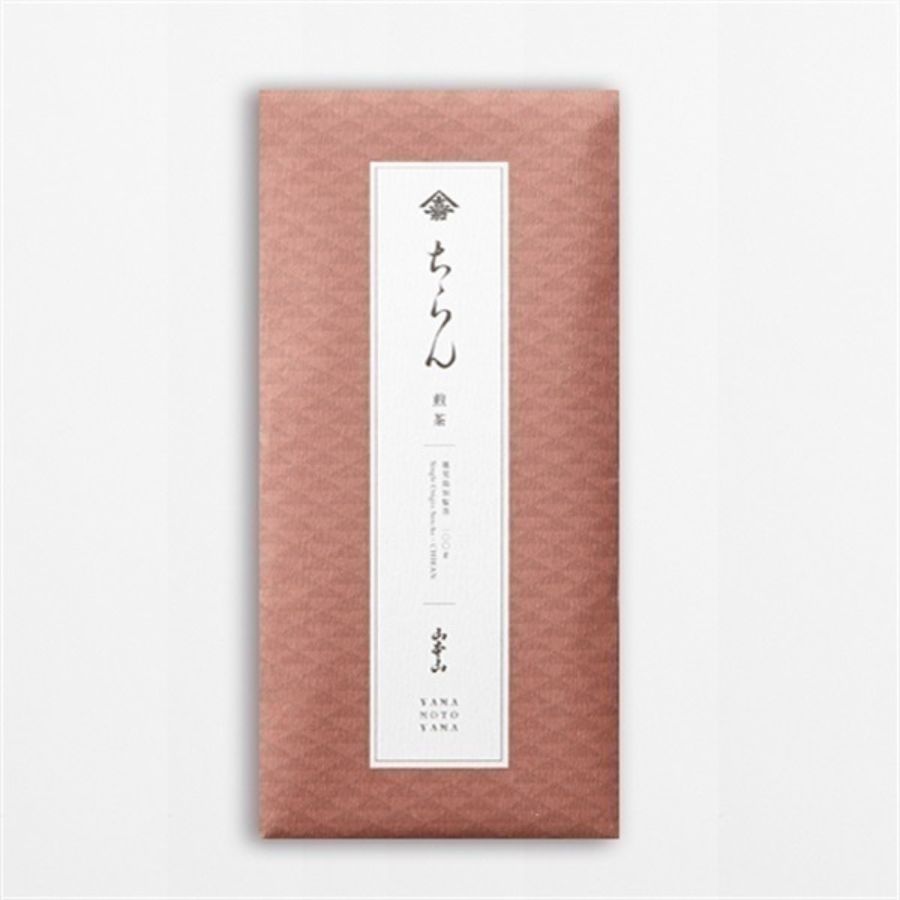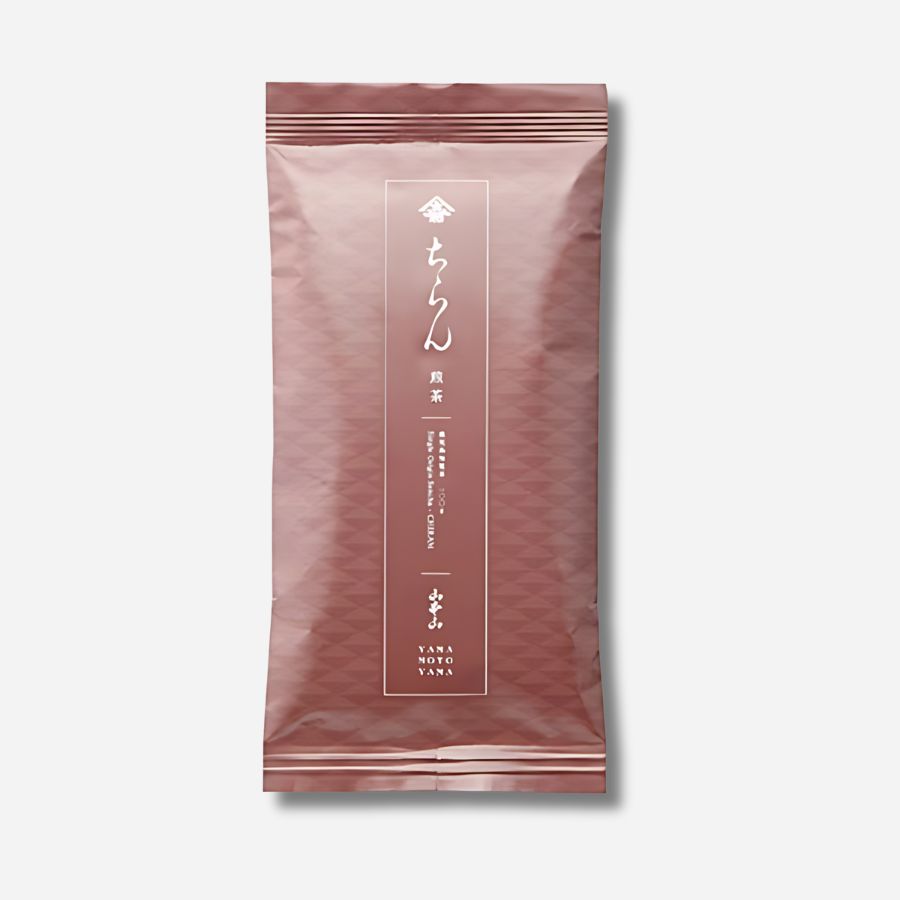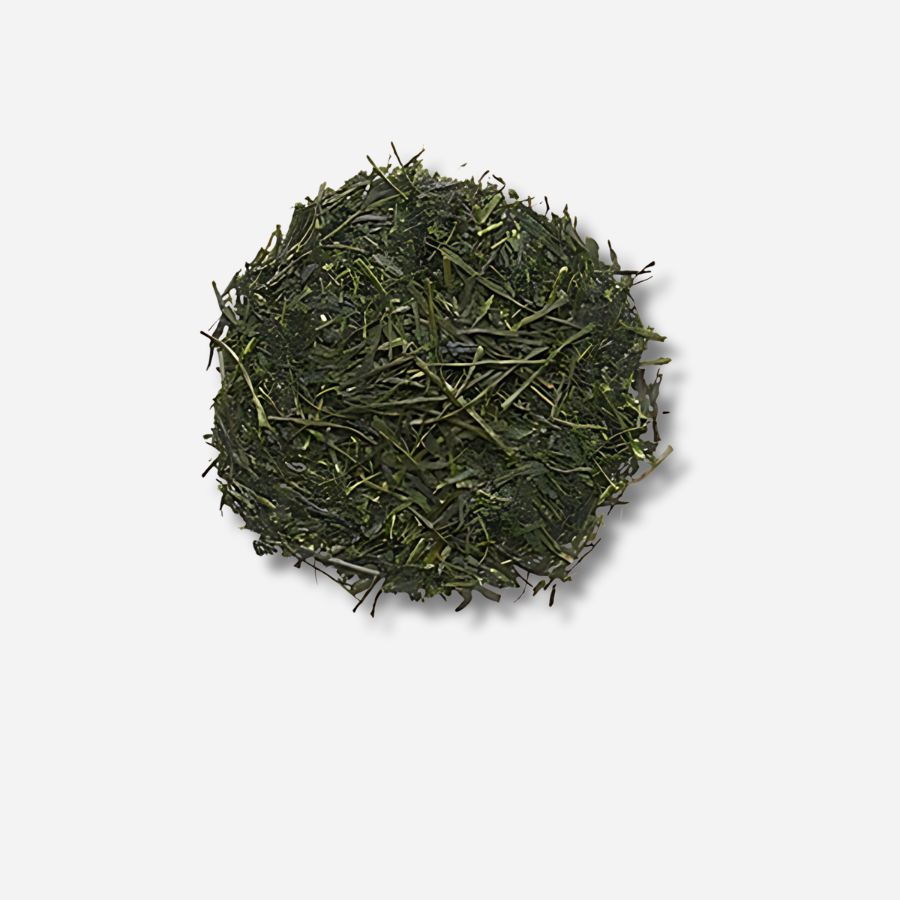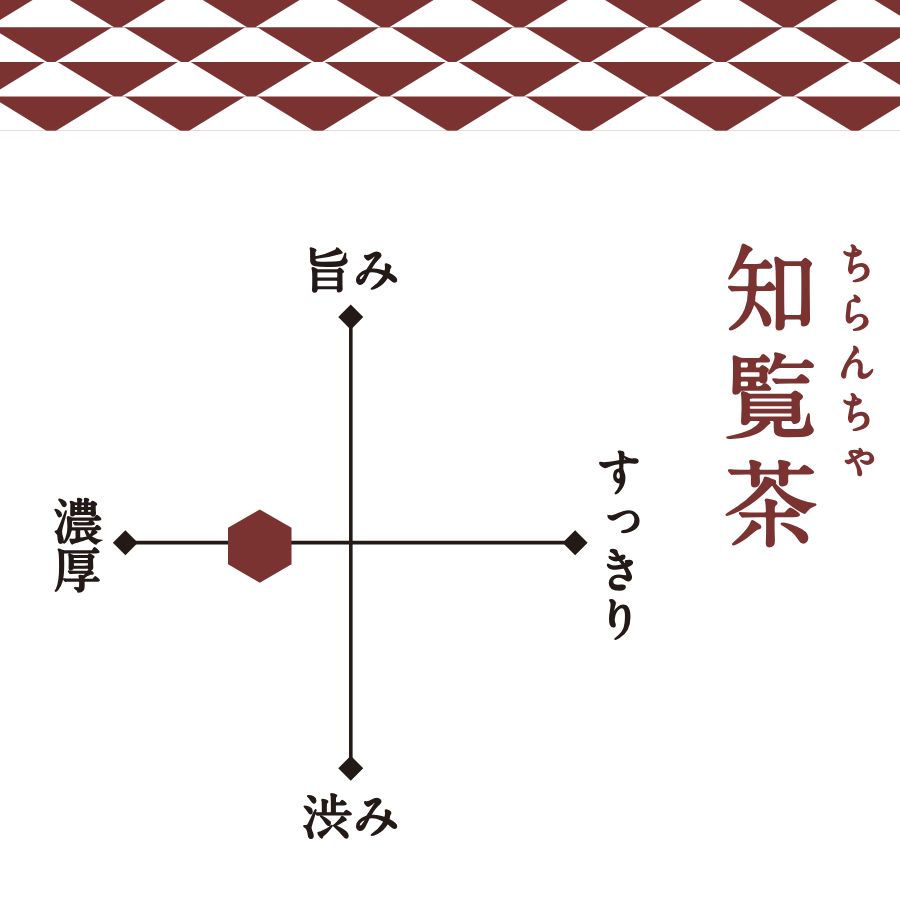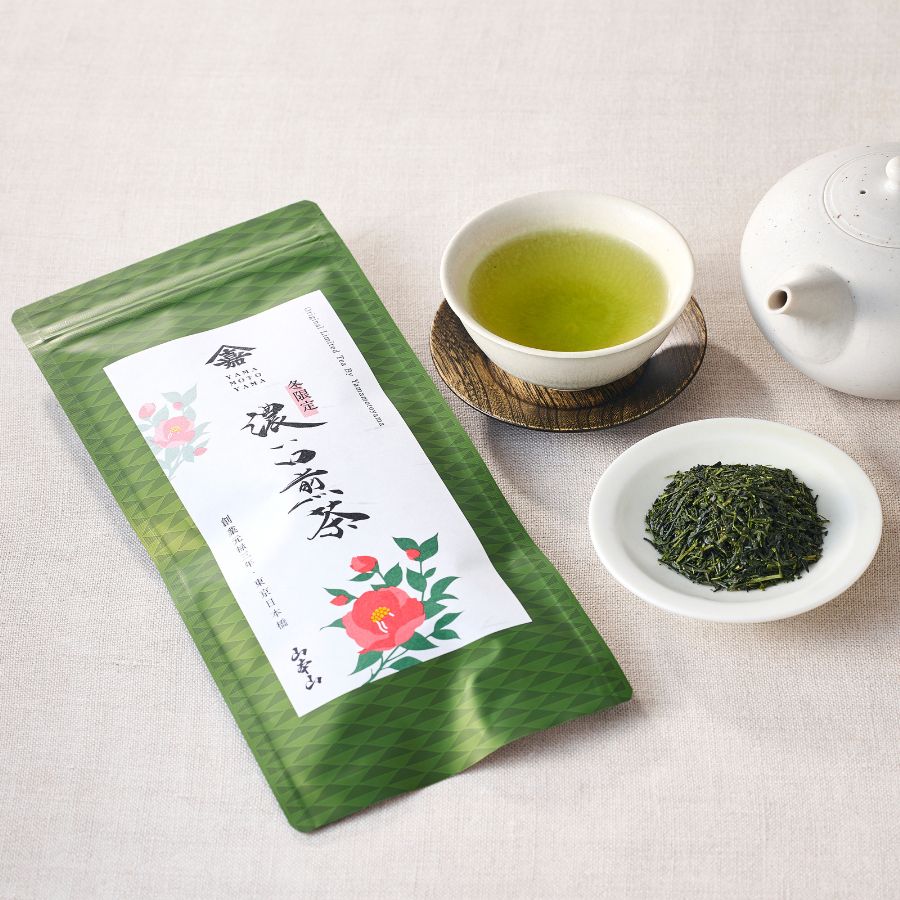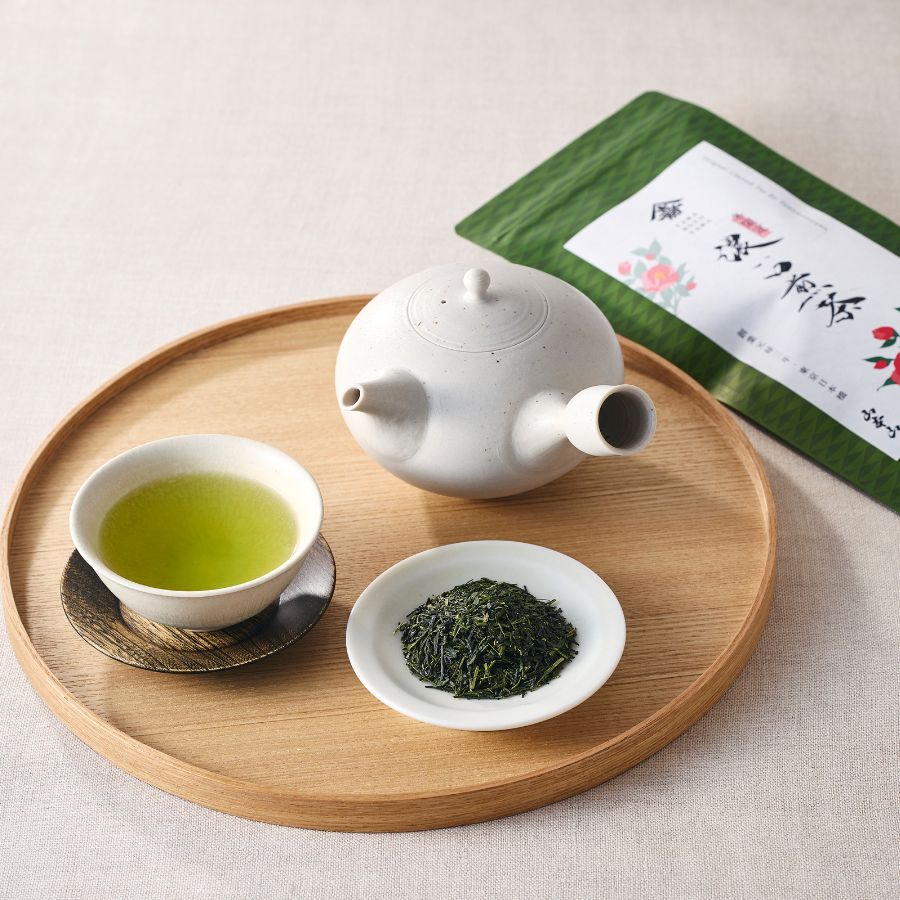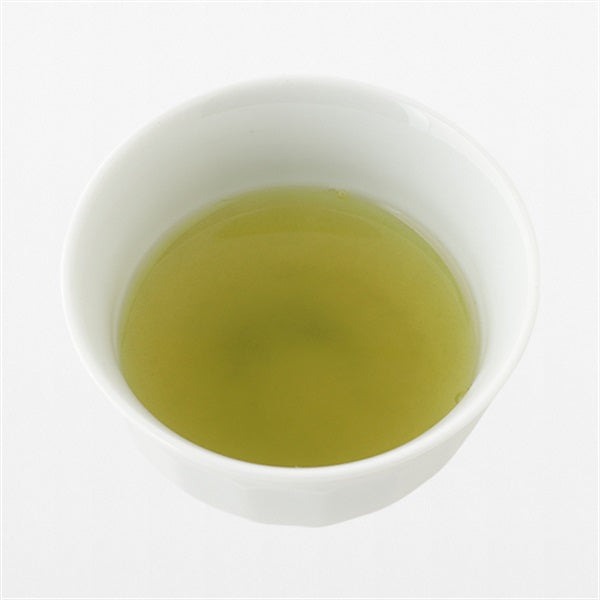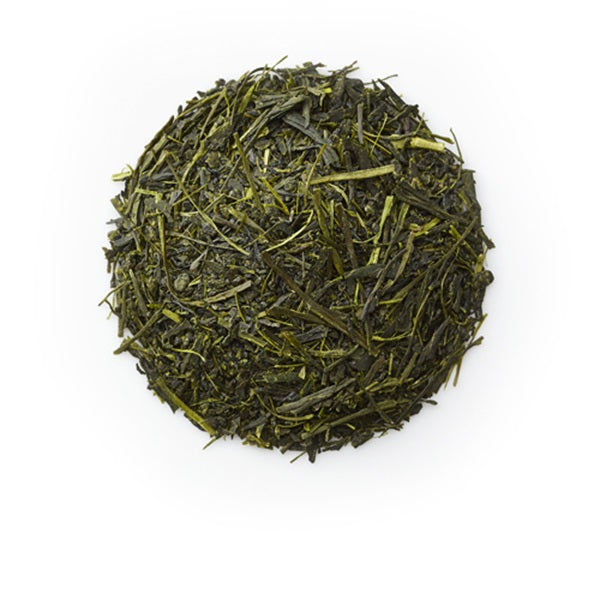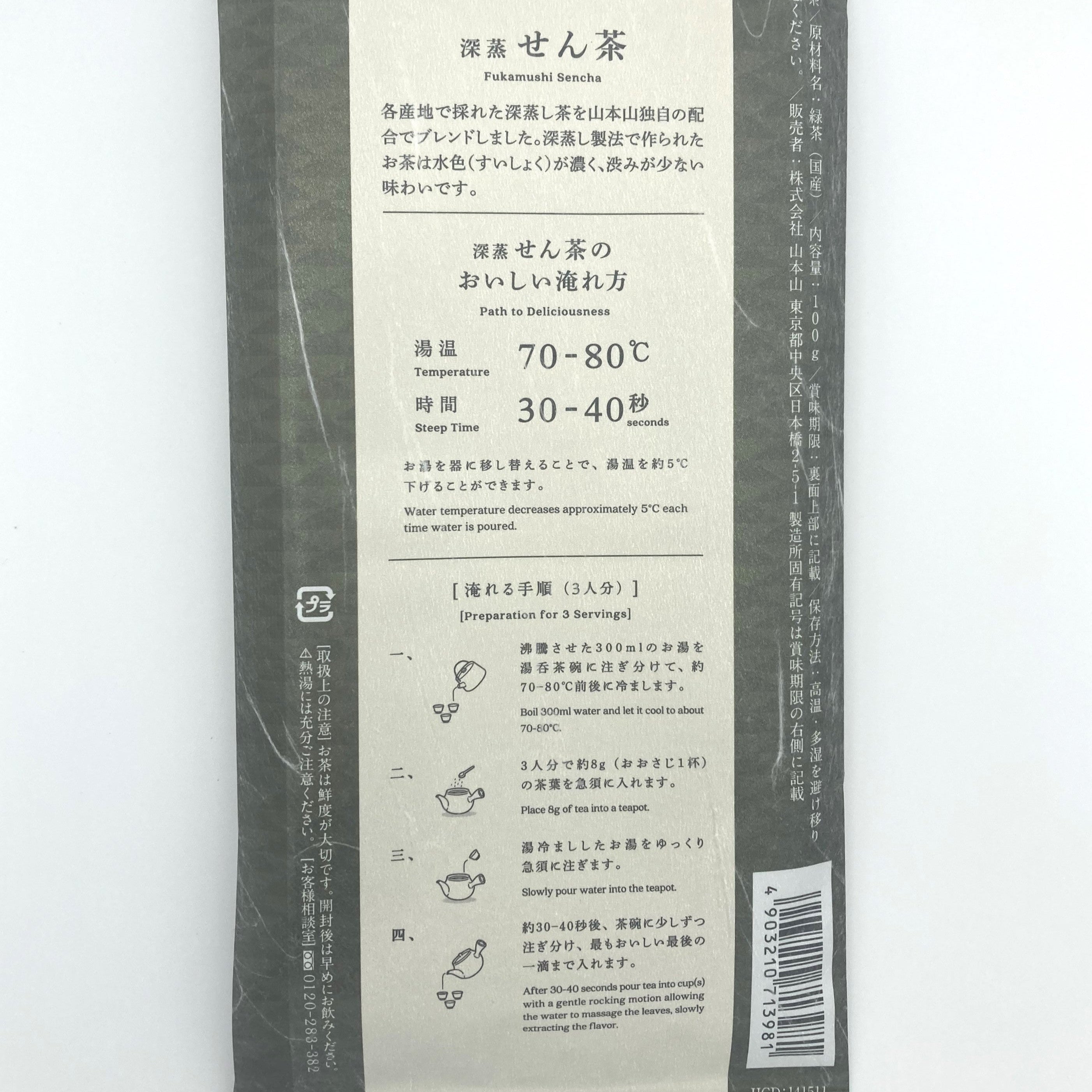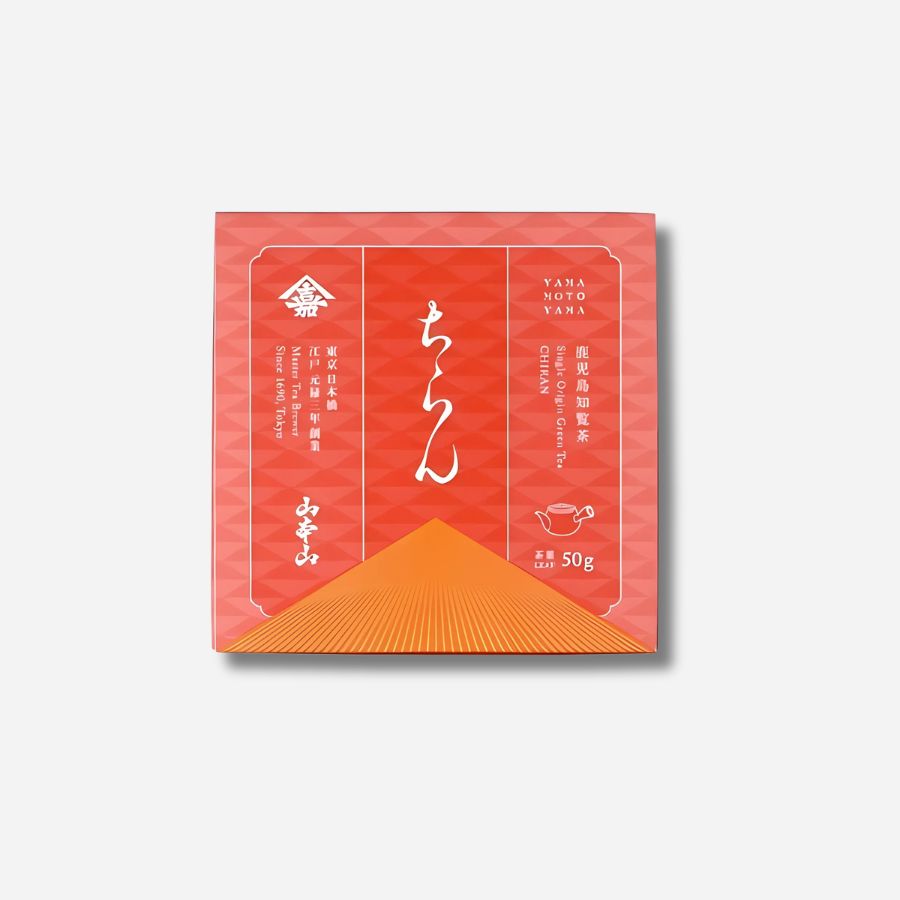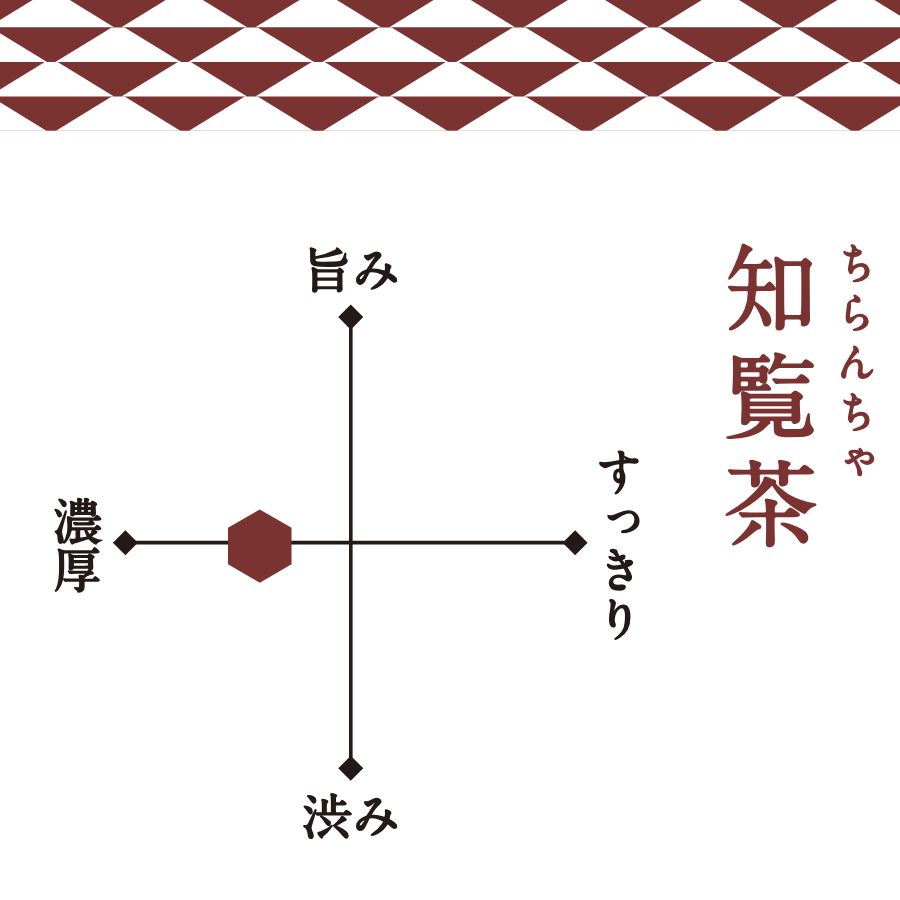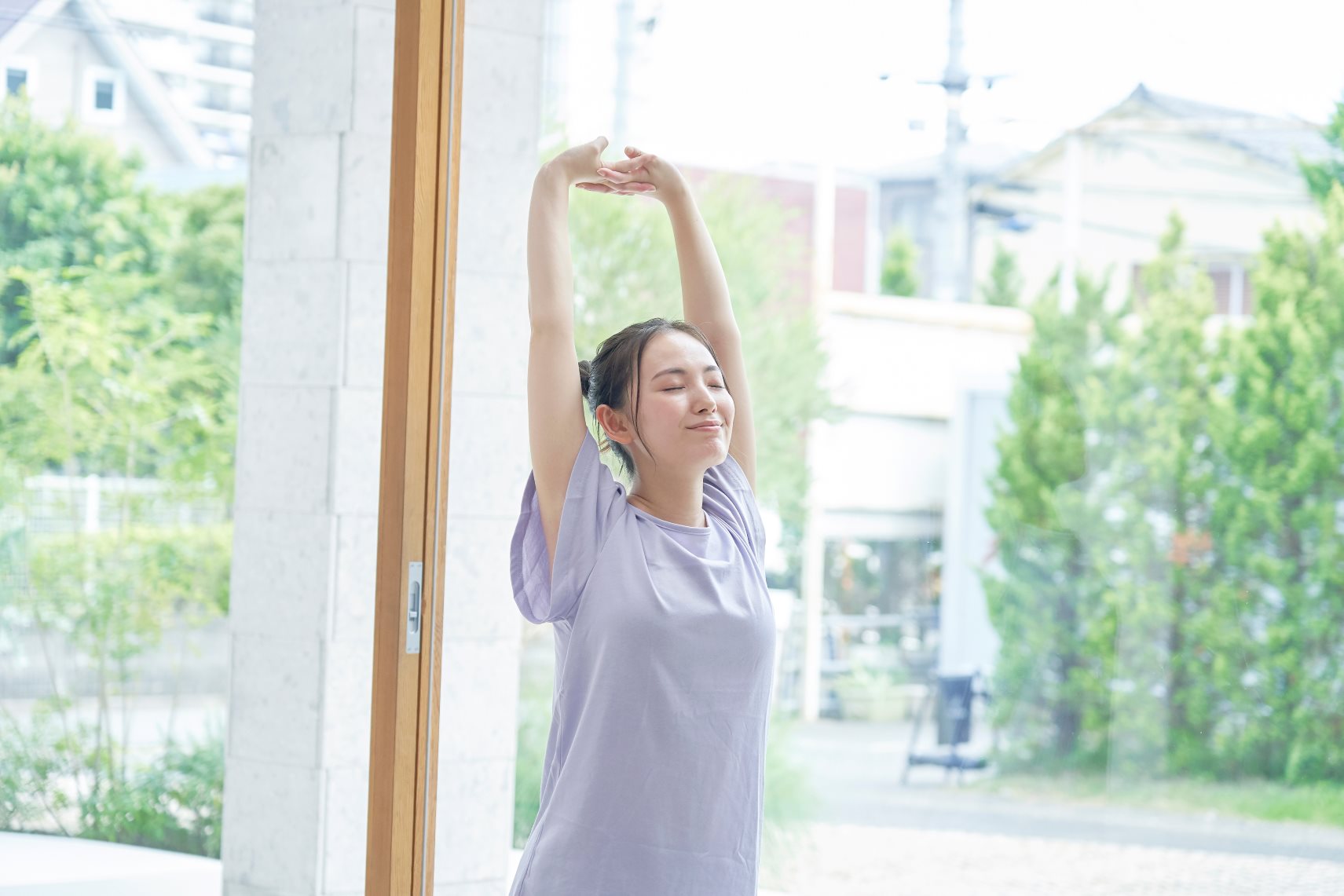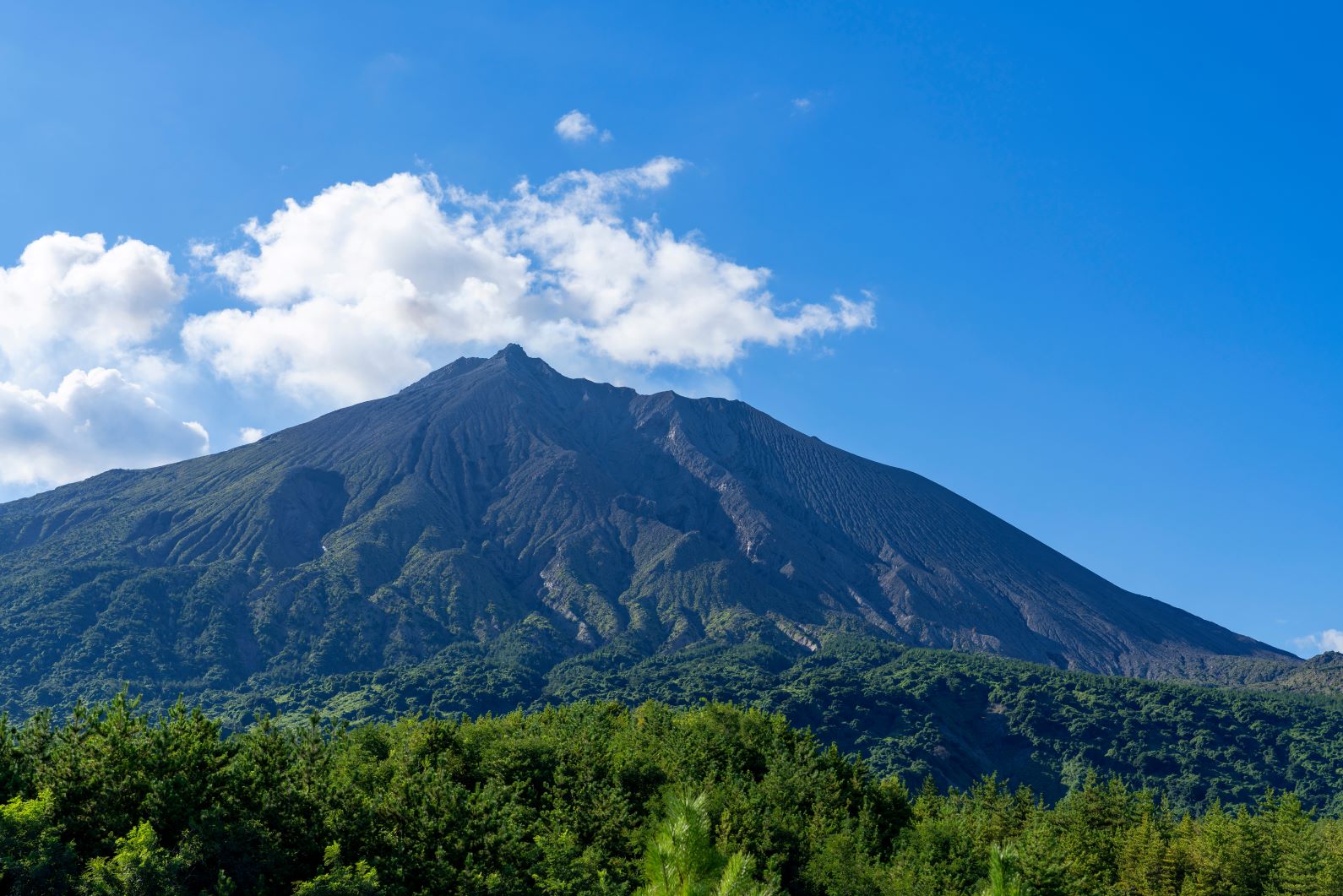
Grown under the blessings of the sun! The charm of Kagoshima tea
Introduction
Kagoshima Prefecture is the first place in Japan to produce new tea, and it boasts the second highest production volume in the country.
The tea-producing regions of Chiran, Ei, and the southern foothills of Kirishima are well known, and "Hashiri Shincha" is the earliest new tea in Japan, with shipments starting in early April.
The tea has a vibrant green color and is characterized by a refreshing taste that is easy to drink.
Blessed with a warm climate and fertile soil, Kagoshima Prefecture has been a major tea growing region since ancient times, producing tea with a unique flavor and history.

The History of Kagoshima Tea
There are several theories about the origins of tea cultivation in Kagoshima Prefecture, including one that says that it was brought to Atashirakawa (Minamisatsuma City) by refugees from the Taira clan in the early Kamakura period, and another that says that tea seeds were ordered from Uji to Hannya-ji Temple in Yoshimatsu (Yusui Town) during the Ashikaga period.
During the Edo period, the Satsuma domain encouraged tea cultivation, and it began to be cultivated throughout the domain.

At the time, the main production areas were in the northern part of Kagoshima Prefecture, from Akune to Yoshimatsu, and it was mainly cultivated on the ridges of rice paddies and as hedges around houses.
The Satsuma Domain's geography book "Illustrated Guide to Famous Places in the Three Countries," compiled in the late Edo period, records that the products produced in Akune, Yoshimatsu, and Miyakonojo were considered to be masterpieces.
After the Meiji period, policies to promote the tea industry were implemented, and Kagoshima tea became widely known nationwide as a fine tea.
In particular, after World War II, tea exports were resumed as a return gift for food aid, and Kagoshima tea became famous around the world.

Kagoshima Prefecture: A thriving producer of a wide variety of produce
Kagoshima Prefecture, the second largest tea producing prefecture in Japan, has large tea plantations spread throughout the prefecture, taking advantage of the gentle slopes of the Shirasu Plateau.
Most of the land is flat, and all the tea plantations receive plenty of sunlight. Taking advantage of the warm climate throughout the year, many varieties are cultivated, from early to late maturing varieties.
In the northern part of the prefecture, the representative variety of Japanese tea, Yabukita, is widely grown, but in southern areas such as Minamikyushu City and Shibushi City, varieties such as Yutakamidori, Saemidori, and Asatsuyu are more widely cultivated. 
The only place in the country where we harvest tea leaves until the fourth harvest
Kagoshima Prefecture adopted mechanization early on and made work more efficient, which enabled it to harvest five times a year, from first harvest to fourth harvest and autumn/winter bancha, thereby increasing production.
Tea picking begins in early April in the southern part of the prefecture and progresses to the northern part and mountainous areas.
Because the harvest season is early, the tea leaves are harvested up to the fourth batch, and then in October the autumn/winter tea leaves are picked.
Some tea farms are cultivating "early new tea," which can be harvested from the end of March and is extremely popular as the earliest new tea in Japan.

Characterized by a rich and full-bodied flavor
Kagoshima tea is made from a wide variety of tea varieties, but is generally characterized by its rich flavor and full-bodied taste.
The reason for this deep flavor is the covering and deep steaming process before picking.
Kagoshima tea is covered with a black material before picking to reduce bitterness and promote the increase of theanine, a sweet component. This creates a rich, full-bodied flavor with a good balance of sweetness and bitterness.
The prefecture as a whole mainly produces deep-steamed sencha. While regular sencha is steamed for 30 to 40 seconds, deep-steamed sencha is steamed for twice as long, 60 to 80 seconds. This results in a smooth, full-bodied flavor with less astringency. 
summary
The appeal of Kagoshima tea lies in the diversity of cultivated varieties.
Taking advantage of the warm climate and fertile soil, a wide variety of rice varieties are cultivated, including the common "Yabukita," as well as "Yutakamidori" and "Asatsuyu."
Across the country, it is not common to choose tea based on the variety of tea leaves, but in Kagoshima Prefecture, you can enjoy green tea by variety, something not found in other prefectures.
One of the charms of Kagoshima tea is that you can enjoy the unique characteristics of each tea leaf.



